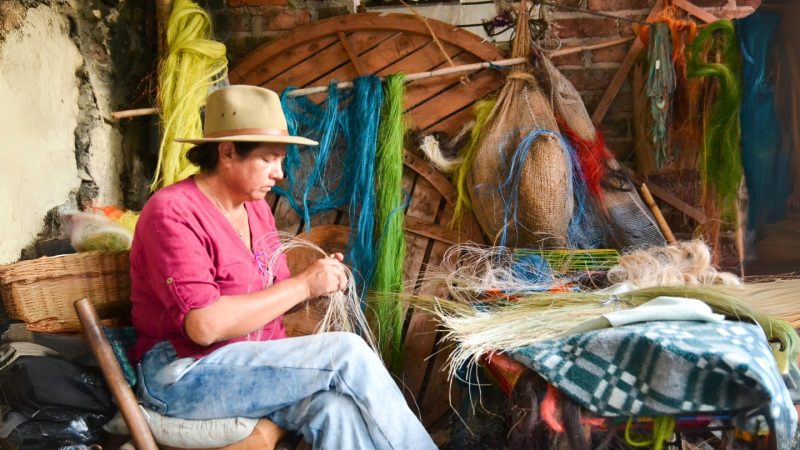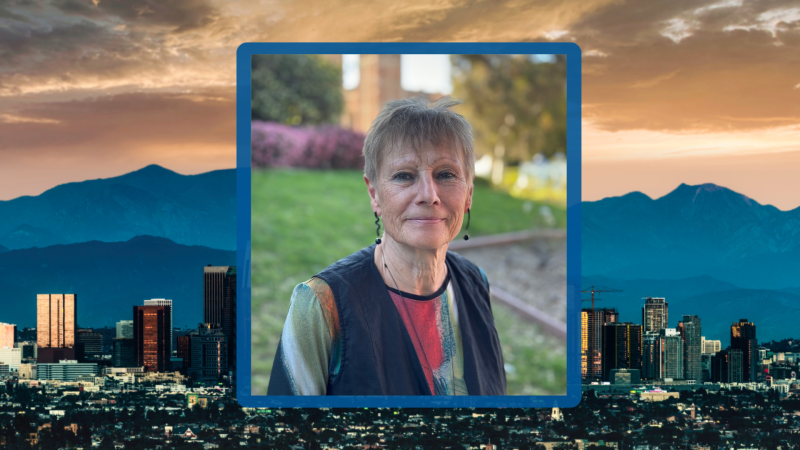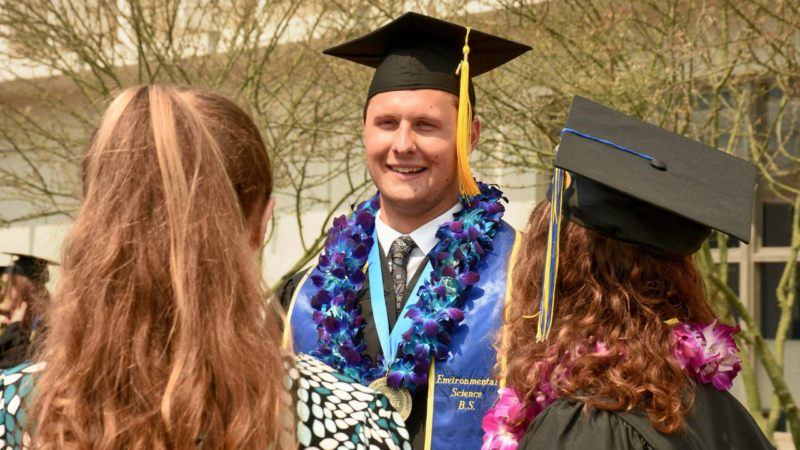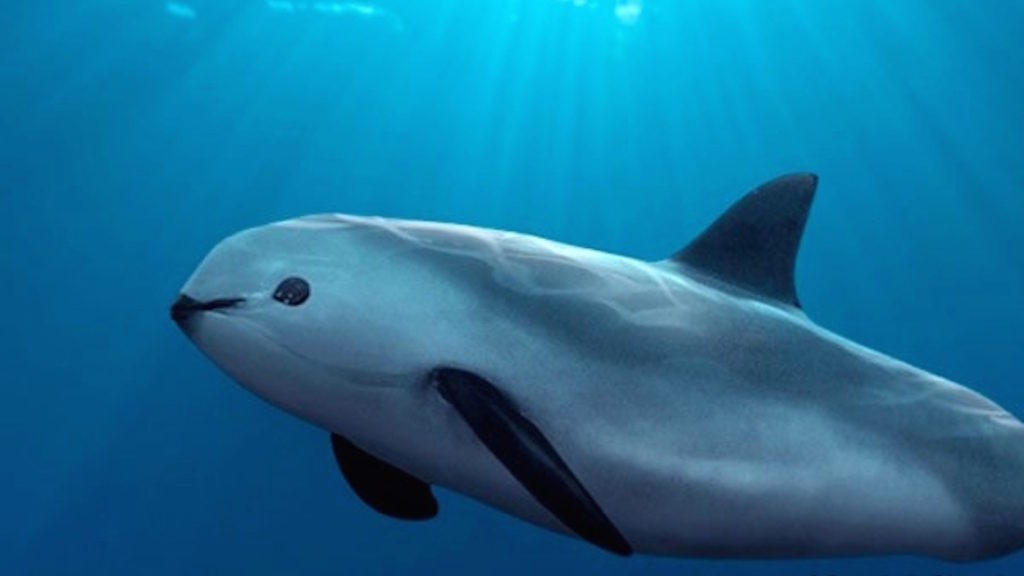
How to keep the environment from getting snubbed: Q&A with writer Emma Marris
Marris joins environmental philosopher Dale Jamieson and Jedediah Purdy, an expert in the intersection of law and social and political thought for “A Conversation on Politics, Ethics and Well-Being in the Anthropocene.” The free 2/22 event will be held at UCLA Fowler Museum.
Are eco-conscious audiences sick of the same old story?
Films, books and movies on environmental topics often fall back on a common formula: scaring people with so-called “gloom and doom” narratives. Author Emma Marris joined us to chat about the lack of environmental movies among this year’s best picture nominees, how people can play a bigger role in nature documentaries — and her favorite environmental story of the year.
This Thursday, February 22, you can catch Marris as she joins environmental philosopher Dale Jamieson and Jedediah Purdy, an expert in the intersection of law and social and political thought. A Conversation on Politics, Ethics and Well-Being in the Anthropocene is free to the public at UCLA Fowler Museum. RSVP to attend.
It is awards season in Hollywood, but none of this year’s nominees for best picture focus on environmental themes, despite the fact that we’re coming off a year of extreme weather in which the oceans were the hottest ever recorded. Are audiences fatigued with environmental narratives?
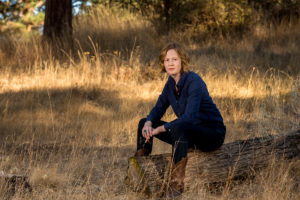
MARRIS: I don’t know if it’s fatigue with environmental narratives so much as it’s that we are more interested in how people relate to each other. One thing the nominees have in common is that they’re about these human relationships. So I’ve been thinking about how to tell stories about how climate change effects these human relationships. One story to tell is the story of inequality. Rich people do much of the damage and poor people do much of the suffering when the climate changes. Sometimes, they’re the same — it would be interesting if someone in the fossil fuel industry were to lose their property to sea level rise. But I think it’s much more often the case that Americans who drive cars and take airplane rides are the ones emitting, and a fisherman in Bangladesh ultimately suffers. I think about how many steps apart we are from that fisherman, how we might be related, and how we might develop compassion and empathy across that difference.
Do you think part of it is that filmmakers don’t tell environmental stories aside from typical gloom-and-doom, apocalyptic narratives?
That’s a real issue. The laziest environmental story is to tell the story of disaster, peril and gloom. If I tried to pitch a narrative about some environmental solution, it would go against our preconceived notions so much that it might be hard to sell. I can imagine people saying, “if we tell happy stories about environmental problems, people will think everything is OK and then they won’t be sufficiently worried.” There seems to be this fear from environmentalists that we won’t be worried enough. And I think that causes them to keep hammering at us to the point where we are overwhelmed and just shut down.
One additional challenge with climate change is that it’s not an acute problem. It’s a chronic problem, and that’s harder to dramatize. The only big action movie about it — The Day After Tomorrow — turned climate change into an acute weather event to make it dramatic.
There were a few high-profile environmental documentaries this year, including An Inconvenient Sequel: Truth to Power and Chasing Coral, which focused on the world’s dwindling coral reefs. Do you think any of these movies hit the mark?
I didn’t see them, for one thing, and I’ll tell you why: I already know there are problems. Coral is one I find particularly emotionally difficult. It looks like the future is grim for these ecosystems. I do this for a living and even I can’t take that level of doom and gloom. I know these problems are out there and so does most of the country. Americans know this shit. There’s still this model — called the deficit model — that says if we only explain to people that there is a problem, suddenly everything will change. No. Everybody knows this is a problem. We are saturated with that knowledge. I don’t think documentaries that just delineate the problem are what we need. Insofar as these documentaries are offering solutions that are realistic and at the right scale — not just changing our lightbulbs — then that is the way forward. Think about what you heard people chattering about as far as documentaries went this year. It wasn’t these documentaries about problems, it was Planet Earth 2. That was the one people related to and loved. The focus there was on what’s at stake and how great it is. And I think that is a more promising way to proceed than to just focus on the problems.
What role do cities have to play in our upcoming narratives?
If you saw the “making of” the original Planet Earth and then compared it to Planet Earth, you could see how they selected shots and manipulated things so it would seem to take place in this completely unhuman world. I think that kind of editing and those kind of nature documentaries can be misleading. When I was a young person, my sense about how much habitat was available to elephants was completely off because of all of those helicopter shots tracking elephants. I thought they had the whole continent! And then the first time I saw a map of the actual range of the African elephant, it was a total shock. They’re on these tiny snippets of land. Documentaries have this huge potential to educate. I’m really excited that they’re now going towards telling stories about humans and non-humans in an intertwined way rather than painting this paradise in a completely non-human way. That’s an incredibly good sign. I think that it can still be grand and awe inspiring even if we let humans into the frame.
What’s one environmental story from the past year, whether it was real life, a film, a book – or even an idea – that stuck with you?
There was an amazing feature in Hakai Magazine about Vaquitas, these little porpoises. There was a heroic effort to do captured breeding because environmentalists were unable to stop the threats to them in the wild. We’ve done this before with other species like the California condor and the black-footed ferret where we like brought them all in and then managed their whole populations and then managed to release them again. But in this case it was a complete failure and it was heartbreaking. The one they were able to capture died and they had to give it up.
The thing I took away from it was that the people working on this were not just sort of abstractly interested in the environment. They had bonded with this species. More and more, I’m thinking that that level of relationship is necessary to do this work. It’s like what I said about the movies — it’s all about relationships. I think when individual humans have these intense relationships with species or even with individuals of species, it can be an incredibly powerful motivation to save them. But I think the other thing I took away from the vaquita story is that we should do everything we can to not have to do captive breeding of species, because it’s expensive and super risky. And it doesn’t work all the time. We can’t rely on it to save our butts. It’s so much better to save them when you can address the threats in their regular habitats. These heroic last-ditch efforts are so inefficient and so prone to failure, compared to if we could just get our shit together and not drive them to the brink in the first place. I am not blaming the people who tried to save the vaquita — far from it. I am blaming us as a society for not being willing to adjust our behavior when a species isn’t right up against the edge of extinction. That’s one bad outcome of our love of narrative; sensible and early species conservation isn’t as dramatic.
TOP IMAGE: A vaquita. Photo via Greenpeace.


